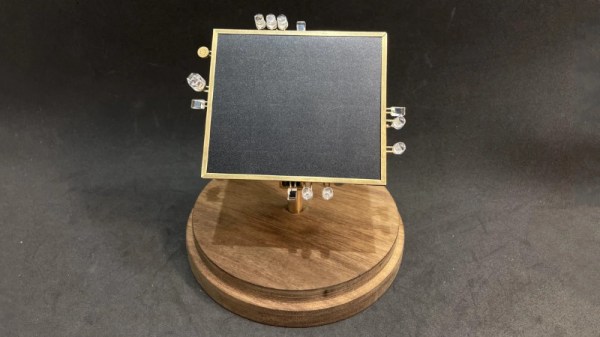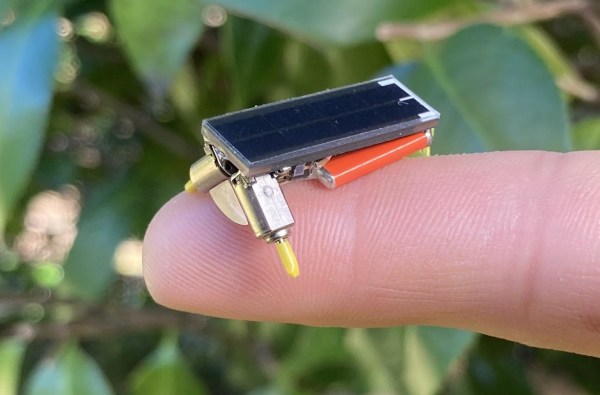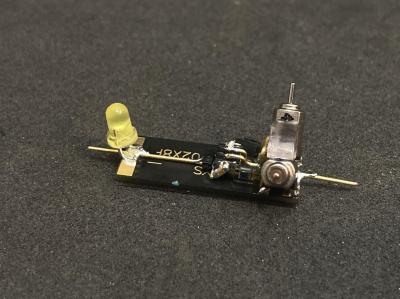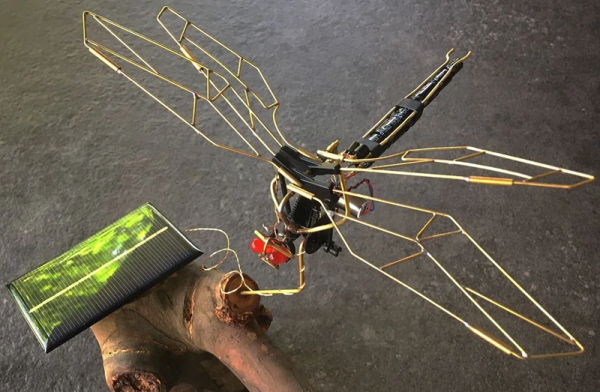The Apple Watch has been on the market for long enough that its earlier iterations are now unsupported. Where some see little more than e-waste others see an opportunity, as has [NanoRobotGeek] with this mechanical watch conversion on a first-generation model.
What makes this build so special is its attention to detail. Into the Apple Watchcase has gone a Seiko movement, but it hasn’t merely been dropped into place. It uses the original Apple watch stem which is offset, so he’s had to create a linkage and a tiny pulley system to transfer the forces from one to the other. The rotor is custom-machined with am Apple logo, and the new watch face is a piece of laser-cut and heat treated zirconium. Even the watch movement itself needed a small modification to weaken the stem spring and allow the linkage to operate it.
The build is a long one with many steps, and we’re being honest when we say it would put our meager tiny machining skills to an extreme test. Sit down and take your time reading it, it really is a treat. Apple Watches may head to the tip after five years, but not this one!
See more in the video below the break, and of course long-time readers may remember we’ve considered the Apple Watch versus mechanical watches before.





 The robot aims to track the brightest source of light it can see. This is achieved by feeding signals from four photodiodes into some analog logic, which then spits out voltages to the two motors that aim the robot, guiding it towards the light. There’s also a sound-detection circuit, which prompts the robot to wiggle when it detects a whistle via an attached microphone.
The robot aims to track the brightest source of light it can see. This is achieved by feeding signals from four photodiodes into some analog logic, which then spits out voltages to the two motors that aim the robot, guiding it towards the light. There’s also a sound-detection circuit, which prompts the robot to wiggle when it detects a whistle via an attached microphone.













